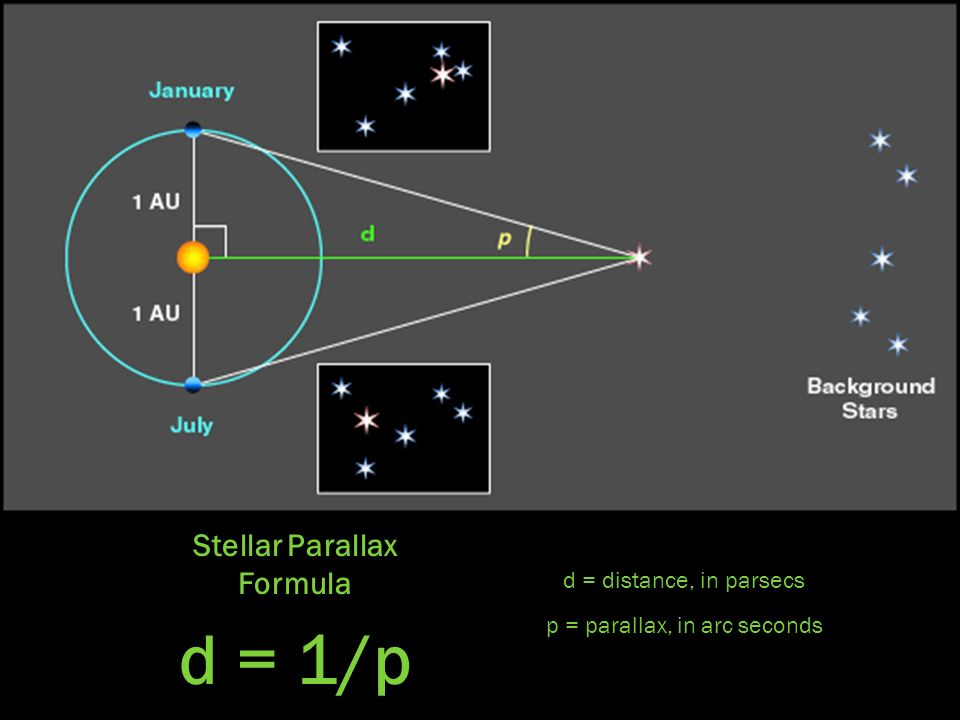

Henrietta Swan Leavitt: Discovered How to Measure Stellar Distances Gaia spacecraft: Mapping the Milky Way like never before So why would anyone want to use parsecs instead? The light-year even has a usefulness that goes beyond simple measurement, because it tells us that when we observe an object X light-years away, we’re seeing as it was X years in the past. It’s simply the distance that light travels in a year, and it’s been in use since at least 1838. By contrast, the light-year is much easier to understand. Parsec vs light yearĪs logical as the definition of a parsec is, it’s still likely to come across as unnecessarily complicated to most people. In fact, real stellar parallaxes are smaller than that, meaning that their distances are always greater than a parsec. So that’s where the parsec comes from: it’s the hypothetical distance at which a star would show a parallax of exactly one second. Measuring that angle and then halving it (because we have two equal and opposite offsets relative to the Sun) gives us the star’s parallax. The star will appear to have moved through a small angular distance relative to the background objects. Then six months later, when the Earth is on the other side of the sun, they take another photograph of the same bit of sky, according to NASA.
#Parsec abbreviation Patch#
They take a photograph of a patch of sky containing the star they’re interested in and other, more distant objects such as galaxies. The same principle enables astronomers to measure the distance to nearby stars. If you could measure that angular difference, then knowing the distance between your eyes enables you to calculate the distance to the pencil. That’s the parallax effect, and it happens because the angular direction to the pencil is slightly different when seen by your left and right eyes. This is because the Earth's atmosphere limits the sharpness of a star's image.Parallax can be demonstrated by looking at a pencil with one eye or the other. The parallax method is the fundamental calibration step for distance determination in astrophysics however, the accuracy of ground-based telescope measurements of parallax angle is limited to about 0.01″, and thus to stars no more than 100 pc distant. To the nearest meter, the small-angle parsec corresponds to 30 856 775 814 913 673 m. As the astronomical unit was defined by the IAU (2012) as an exact SI length in metres, so now the parsec corresponds to an exact SI length in metres. This differs from the classic inverse- tangent definition by about 200 km, i.e. The length of the parsec used in IAU 2015 Resolution B2 (exactly 648 000 / π astronomical units) corresponds exactly to that derived using the small-angle calculation. if Distance earth-sun = 1 au, unit for Distance star is in astronomical units if Distance earth-sun = 1.5813 ×10 −5 ly, unit for Distance star is in light-years).

The calculated stellar distance will be in the same measurement unit as used in Distance earth-sun (e.g. Where θ is the measured angle in arcseconds, Distance earth-sun is a constant ( 1 au or 1.5813 ×10 −5 ly). This corresponds to 648 000 / π astronomical units, i.e. The parsec unit is obtained by the use of parallax and trigonometry, and is defined as the distance at which 1 au subtends an angle of one arcsecond ( 1 / 3600 of a degree). 30.9 trillion kilometres (19.2 trillion miles). The parsec (symbol: pc) is a unit of length used to measure the large distances to astronomical objects outside the Solar System, approximately equal to 3.26 light-years or 206,000 astronomical units (au), i.e. A parsec is the distance from the Sun to an astronomical object that has a parallax angle of one arcsecond (not to scale)


 0 kommentar(er)
0 kommentar(er)
